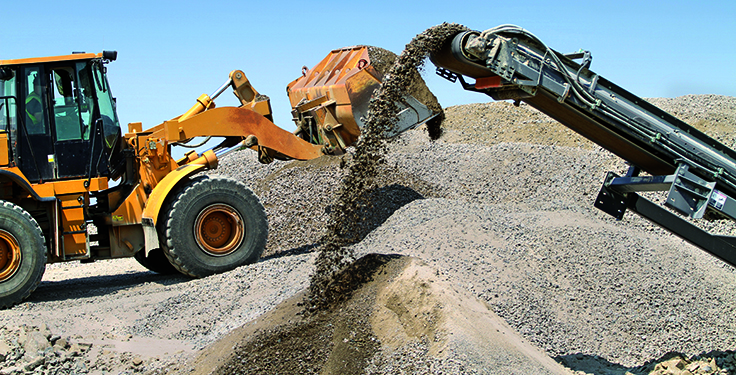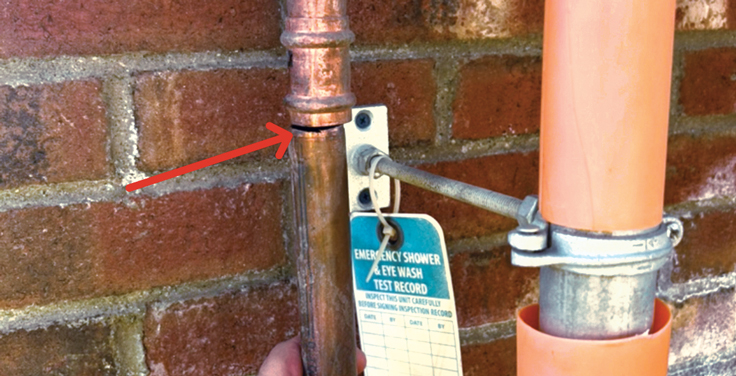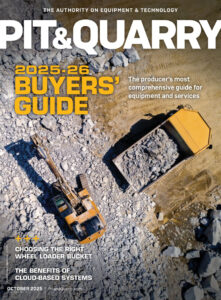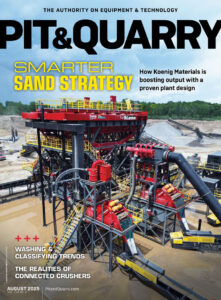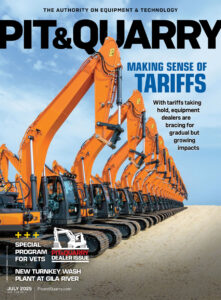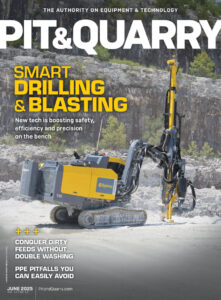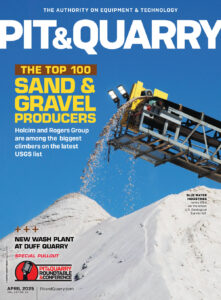We often get calls from operators who are upset about receiving a special assessment from the Mine Safety & Health Administration (MSHA).
In many of these cases, penalties that would normally amount to a small fine under a regular assessment points calculation escalate to tens of thousands of dollars. In many of these situations, figuring out how the special assessment amount was determined can be mystifying.
While we do not necessarily have good answers, MSHA regulations and policy do provide guidance to help you anticipate a special assessment.
Inside MSHA’s process
The regulation at 30 C.F.R. § 100.5 sets out the parameters for the agency’s authority to issue special assessments. It states that MSHA may elect to waive the regular assessment process when conditions warrant.
The regular assessment process is the point system based on the operator’s violation history, the size of the operator, the level of negligence, the effect on the operator’s ability to continue in business, the gravity of the violation and the demonstrated good faith of the operator in abating the violation. The rule requires that those factors also be considered and presented with the special assessment in narrative form, although no explanation regarding the amount of the penalty calculation is required.
MSHA’s Program Policy Manual (PPM) states that special assessments are mandatory for operators when an operator has failed to abate a violation and is receiving daily penalties for that continued failure; a violation is deemed flagrant; and a violation of section 105(c) discrimination protections is made.
With that said, most special assessments arise from the exercise of MSHA’s discretion to issue higher civil penalties in nonmandatory circumstances. According to the PPM, the enforcement circumstances in which MSHA is required to evaluate whether a special assessment is warranted include the following:
■ Regular citations alleging advance notice of inspections; denial of entry to inspectors; and failure to allow authorized miners’ representative to participate in inspection
■ Regular citations alleging a failure to comply with accident scene control orders issued under section 103(j) and (k) of the Mine Act or in conjunction with a pattern notice
■ 104(b) failure to abate orders
■ 104(d) unwarrantable failure orders
■ 104(g)(1) training orders
■ Regular citations issued in conjunction with a 107(a) imminent danger order
■ Violations that contributed to a fatal or serious injury
When one of these types of enforcement actions occur, the inspector is required to complete the Special Assessment Review (SAR) Form (MSHA Form 7000-32). The inspector will include on the form an initial penalty recommendation with a narrative in support. The form is then reviewed by the inspector’s supervisors, who support or oppose the recommendation.
The final decision regarding special assessment is made by the Office of Assessments, Accountability, Special Enforcement & Investigations at MSHA headquarters. This is a wholly internal agency procedure into which operators have no input, because special assessments are usually issued months after any informal conference, and the operator does not know what the inspector has alleged in the SAR form.
A frustrating aspect of this process is that operators generally cannot get access to the completed SAR form. MSHA takes the position – and most judges have agreed – that information in the form is not relevant because the Federal Mine Safety & Health Review Commission assesses penalties de novo and is not bound by MSHA’s proposed penalties. So, what the inspector writes in the SAR form regarding the assessment does not matter regarding the appropriateness of the penalty.
Still, in Consol Mining Co, LLC, Docket No. WEVA 2024-0231 (April 2025), one judge indicated that the SAR might be “marginally relevant” to evaluating MSHA’s high negligence and unwarrantable failure determinations in a case. Nonetheless, that judge still denied access to the SAR because it contained privileged communications of internal agency deliberations.
Final thought
Given this background, it is critical that operators recognize and anticipate when a special assessment might happen. In that circumstance, the operator can directly address the issue in an informal conference and try to have an impact on the subsequent internal agency discussions regarding the issue.
Bill Doran and Margo Lopez are with the national labor, employment and safety law firm Ogletree Deakins. They can be reached at william.doran@ogletree.com and margaret.lopez@ogletree.com.
Related: Ideas for MSHA leaders to consider

